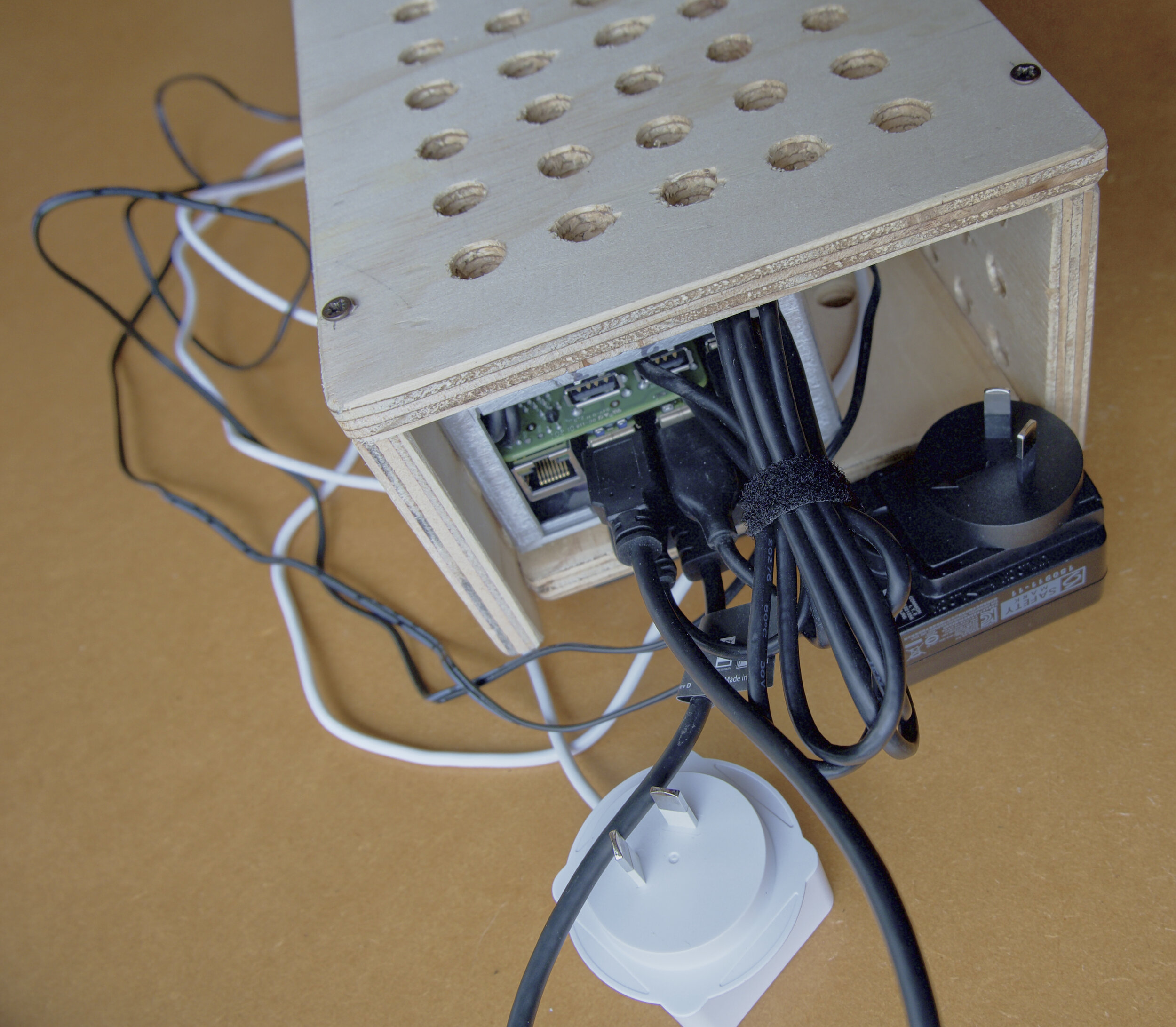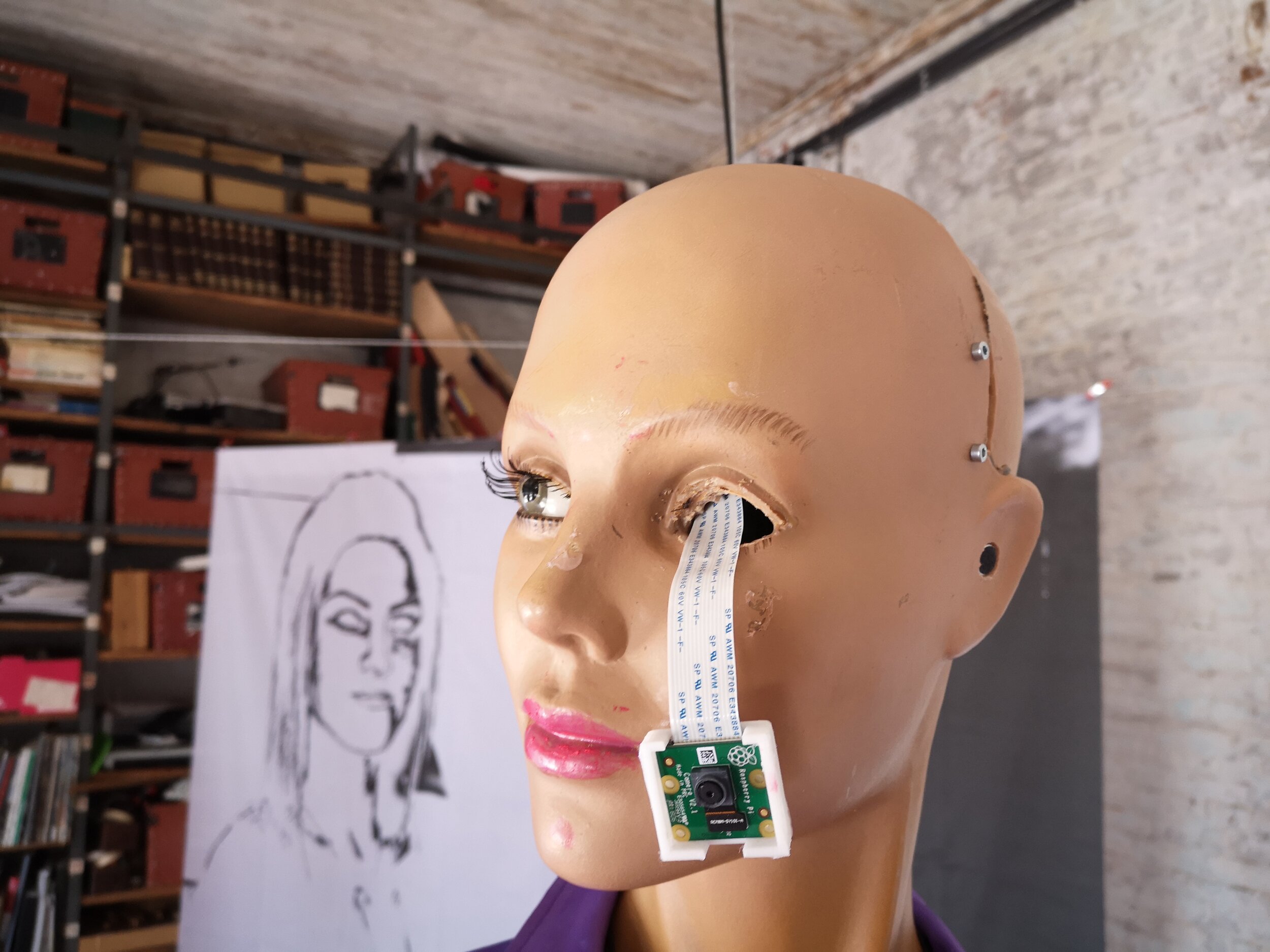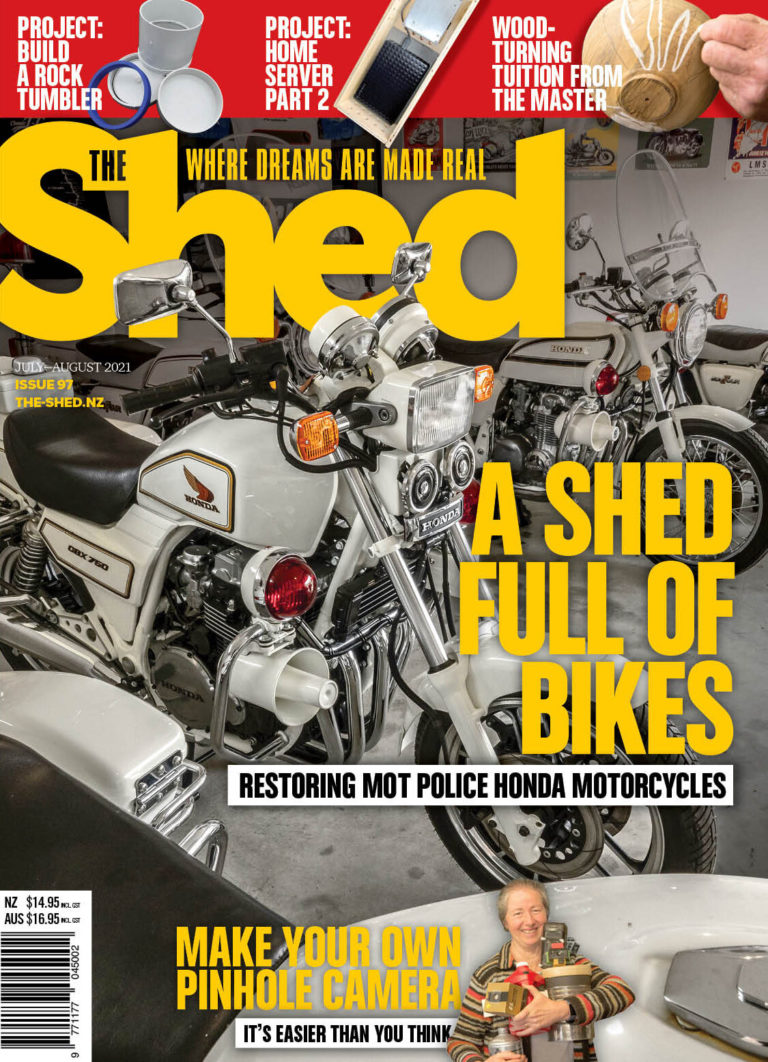Restoring motorbikes is what South Island sheddie Hayden Tasker loves to do in his workshop, but not just any motorbike. They have to be Hondas, they have to be the revolutionary 1970s and ’80s four-cylinder models, and he has to restore them to the original condition and livery as used by the New Zealand Ministry of Transport Traffic Safety Service. Hayden and his friend Stu Holdaway restored the nine bikes in Hayden’s collection to showroom condition over a period of four years. They also restored several other Honda CB Police Specials for other owners. The Honda bikes in Hayden’s collection are, a CB750K, CB750F, CB650, CBX650, CBX750, CB750F, CB550K, CB500 and a CB360.
The quality of these restorations in Hayden’s shed is something to behold and they make for a stunning collection that any fan of motorbikes will appreciate.
Our Tasmanian writer Coen Smit developed a love of stones and rocks from a very young age and holds a real fascination with them. At the tender age of six, his parents got him to explore a creek for possible discarded gemstones from a recently closed jeweller’s shop. “Imagine everyone’s surprise then when I turned up a large agate covered in moss and algae in ankle-deep water. I still have it in my collection some 65 years later,” he says.
In this issue, Coen shows us how he makes his own stone tumbler using an old lathe as the power source to prep stones for his collection.
Bob Hulme is back this issue with part five of his Mastering the Lathe series, this time showing us how to cut screws. This is one of those tasks that is very satisfying to do on the centre lathe. It can be a lifesaver in many situations, particularly when you need an item with a certain type of thread but can’t buy one.
For sheddies who have been around the woodturning circuit for a while, the name Chris ‘Woody’ Hooton will probably be familiar. Woody’s passion for end grains, side grains, shakes, shrinkage, twists, and galls — “beautiful scratchings and ugly shavings” — is contagious.
For the past 16 years, he has been sharing his knowledge and perfecting a recipe for teaching the fundamentals of woodturning to curious tourists and serious woodworking beginners from his shed at Woody’s Place in Kinloch.
Enrico Miglino is wrapping his Smart Home series with part two on his unique security device, a Borg. Having the Borg capable of pointing in the direction whence a sound comes when the sound reaches a predetermined level is just what we need to make the home guardian reactive to sound-driven events.
It’s winter and Murray Grimwood’s off-the-grid abode has a few jobs to do that he figures that it’s time he got around to. He gets building a bench seat as a gift and attacks a clothes drying rack for indoor use.
In the less-is-more world of pinhole photography, fine art can be created from the simplest of ‘cameras’ — often made from everyday items we discard. Jenny Tomlin is a photographer and darkroom printer who much prefers analogue to digital.
Her passion for pinhole photography began in the late 1990s after seeing an international exhibition of pinhole photography. A tiny aperture in the camera obscura projects the outside world, albeit upside down, from one wall onto a facing wall.
Jenny shares with us how to make our own pinhole camera using various household items.
Nigel Young continues with part two of his Making a Home Server project and enlists the help of a tech-guru friend, one Lance Hastie. Lance goes into specific and great detail of how to progress your build to the next stage.
In this issue’s Brewers Scoop, Bryan tells us that it’s time to learn to love yeast.
As far as ingredients go, yeast is the third-biggest flavour contributor to your brew.
Malt and hops make up the first two largest flavour contributions. Sometimes, you can make the same beer with identical ingredients but the result is different — sometimes better and sometimes not. Yeast selection, yeast health, and pitch rates could be the reason for this.
When is a shed not a shed? When it’s a house. Nick Howard has achieved that most elusive of sheddie dreams by getting rid of the boundaries between shed and house and combining the two. There’s a welder in the living room, car parts and gas cylinders colonise other spaces, a gas burner is stashed on the kitchen bench, a bedroom wardrobe houses a server that looks as if it belongs in a corporate office, and then there’s the hub of a lot of his projects: a former bedroom that is now a workroom full of his electronic kit and gear for loading ammunition casings. Nick is an electronics whizz and his job at Youtap, a global fintech software company, involves building complex communication platforms from scratch, among other techie things, but in his spare time he indulges his curiosity for just about everything.
Nigel Ogle of Tawhiti Museum has taken the art of model making to an extreme level. The South Taranaki artist has transformed a massive shed — a former dairy factory — into an extraordinary early New Zealand history museum.
The acclaimed museum draws many visitors, its varied display areas even including a full-sized working bush railway. One of Nigel’s specialities is the models he creates in his workshop — everything from full-sized human models to dioramas featuring hundreds of miniature figures. The work Nigel creates will take your breath away.















